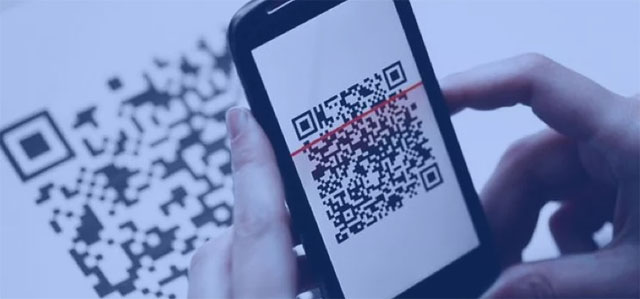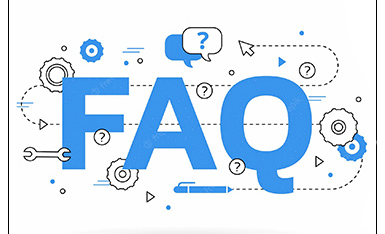 English
English-
 Español
Español
-
 Português
Português
-
 Portugiesisch
Portugiesisch
-
 Français
Français
-
 日本語
日本語
-
 Български
Български
-
 한국어
한국어
-
 Türkçe
Türkçe
-
 Nederlands
Nederlands
-
 English
English
-
 Eesti
Eesti
-
 Suomi
Suomi
-
 বাঙ্গালি
বাঙ্গালি
-
 беларуская
беларуская
-
 Ελληνικά
Ελληνικά
-
 Kreyòl ayisyen
Kreyòl ayisyen
-
 עִברִית
עִברִית
-
 हिन्दी
हिन्दी
-
 Magyar
Magyar
-
 íslenskur
íslenskur
-
 Gaeilge
Gaeilge
-
 italiano
italiano
-
 Hrvatski
Hrvatski
-
 Latinus
Latinus
-
 latviski
latviski
-
 Melayu
Melayu
-
 Malti
Malti
-
 Монгол
Монгол
-
 မြန်မာ
မြန်မာ
-
 فارسی
فارسی
-
 Polski
Polski
-
 عربي
عربي
-
 Română
Română
-
 русский
русский
-
 slovenský
slovenský
-
 Slovenščina
Slovenščina
-
 Afrikaans
Afrikaans
-
 svenska
svenska
-
 dansk
dansk
-
 український
український
-
 o'zbek
o'zbek
-
 Cymraeg
Cymraeg
-
Zulu
-
 Tiếng Việt
Tiếng Việt
-
 bosanski
bosanski
-
 Deutsch
Deutsch
-
 eesti keel
eesti keel
-
 ไทย
ไทย
- How on earth is QR code recognized? How does the black and white cube store data?
- The co-inventor of the bar code has died, He's the one who changed the round size into zebra print
- Is the IP protection level of the bar code scanning gun as high as possible?
- Choose and buy Industrial bar code scanner, stable use is more critical
Will the world's QR code be used up 10 billion times a day?
Tue Jun 14 14:53:04 CST 2022
Will the world's QR code be used up 10 billion times a day?

Nowadays, our life is inseparable from "mobile phone scanning code". We need to scan barcode when we go shopping and QR code when we pay. During the epidemic period, we need to scan health code when we go to and from various places. QR code and various barcodes are everywhere in our life. How can the list of black lines and black squares contain so much information? How were they invented? Will the QR code be used up after being updated?
QR code originated from one-dimensional code on regular product packaging, and was born in Japan in 1994. It was first used in the fields of public security, military and diplomacy as a means of managing personal documents. Later, it was gradually extended to the postal, logistics and industrial production industries. The research on two-dimensional code in China began in the early 1990s, and China article coding center has standardized and translated several common two-dimensional codes. With the increasing demand of domestic users for two-dimensional code, our technical personnel have formulated our own national standard of two-dimensional code on the basis of learning from foreign experience.
At present, our life has become increasingly inseparable from the use of two-dimensional code. Shopping scan code payment, wechat friend's identity increase, personal information online consultation, personal health code identification and so on. It is estimated that all human beings consume 10 billion two-dimensional codes every day. If the two-dimensional codes have been refreshed, will they be completely used up?
The principle of two-dimensional code is binary operation, which anyone who has studied computer knows. It uses binary 0 and 1 as code, three-point positioning, black and white, black for binary "1", white for binary "0" to make two-dimensional code, the input information can be divided into three categories, text information, such as business card information; Character information, such as web address and telephone number; There's also picture information, and even short videos.
Different two-dimensional code horizontal and vertical grid is not the same, the smallest is 21 × 21 matrix, the largest can reach 171 × 171。 For example, the wechat personal business card we usually use is 37 × 37, Alipay's payment for two-dimensional code is smaller, which is 25. × 25. 25 × For example, except that some fixed areas for positioning can not be changed, the remaining 478 small grids can theoretically form 2 ^ 478 different two-dimensional codes. What is the concept of 2 ^ 478? Assuming that 7 billion 600 million people in the world are simultaneously pressing the two-dimensional code on the mobile phone screen, each person will be able to wipe all the Alipay payment two-dimensional code by 10^134 times.
Another scientific team has estimated that the remaining life span of the universe should be at least 140 billion years. Assuming that one person clicks one second, more than 7 billion people also need 3 billion × 10 ^ 126. In short, it can't be finished, not to mention that it's only 25 × 25.
It should be noted that due to the high popularity of mobile phones, many people seldom use computers except for work, so malicious software, phishing websites and Trojans are spread by means of two-dimensional code. Therefore, we should be vigilant in the process of daily code scanning, instead of scanning two-dimensional code of unknown origin and two-dimensional code information of unidentified people.
In addition, when queuing up for payment in supermarkets and convenience stores, many people habitually call out the payment two-dimensional code in advance, which gives the lawless an opportunity to transfer the money to his mobile phone when you don't pay attention to scanning the code at the back. Therefore, when opening the payment two-dimensional code, you should pay attention to the distance between the front and rear queuing people before going to the safe display.



